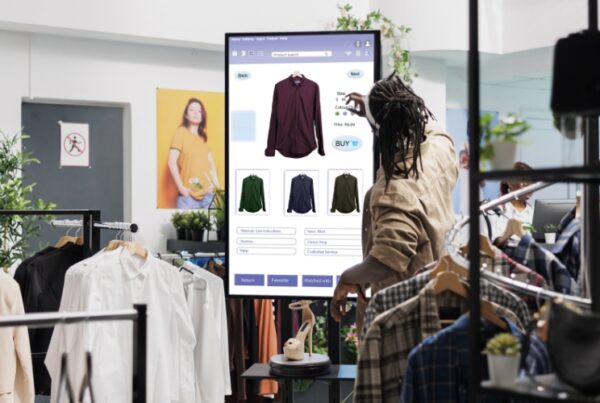Summary
In a world-changing series of events, the coronavirus has changed multiple aspects of society – including consumer behavior in big and small ways. Of course, retailers have to respond accordingly, or they too will be consumed by the lasting effects of the pandemic. This blog will tackle the significant and widespread industry shift towards e-commerce, and why it’s slowly becoming the most practical way to go for both merchants and customers in a post-virus future.
If we have learned one thing from the calamitous year that was 2020, it’s that things can change in one snap of a finger – changes we thought we had decades to prepare for, habits we assumed we’d stick to forever, expectations we have of ourselves and the society we live in. 2020 has proven itself, time and again, to be world-changing – in terms of the way we live, the way we work, and the way we shop and buy as consumers.
But perhaps the most significant effect of Covid-19 on retail and commerce is the realization that, for many of us, geographical location has been rendered irrelevant – so long as you’re connected to the internet. In fact, this flexibility was only fully realized after the pandemic decimated brick-and-mortar foot traffic by more than 60 percent, while 43 percent of shoppers started to rely on online shops for products they would’ve previously bought in physical stores. Consequently, this sudden shift towards e-commerce allows more consumers to move away from metropolises.
The virus also catapulted e-commerce strategies – at an almost overnight pace – from a perpetual yet stagnant “top priority” status on every retailer’s short-to-long term plan to a desperately needed lifeline that could potentially save them from the economic distress caused by the great lockdown. Small-to-midsize retailers in the US collectively poured in a staggering $10 billion in e-commerce infrastructure, investments, acquisitions, and partnerships from May to July 2020.
Essentially, the first year of the 2020 virus pandemic accelerated previously existing, but stalled, efforts to innovate the retail landscape. For most, however, the series of events that have unfolded last year spurred an imminent reset of the way businesses think about consumers’ needs and the future of e-commerce.

Moving forward, what experience do you want to
create for your consumers?
To be successful in e-commerce,
you need to think bigger than e-commerce.
Instead of asking yourself “What e-commerce investments do I need to make?” you should be contemplating about “What consumer experience do you want to offer in the new normal?”
This realization comes as a shock for many retailers who have long had a mentality that’s rooted firmly in brick-and-mortar commerce. Then again, Covid-19 has only emphasized and established the reality that consumer experience is rapidly evolving from one that’s built upon in-store shopping to almost personal, ongoing, enriching, and digital business-to-consumer relationships. It’s like drawing a journey map together with your consumer – one that is highly dependent on the other, reaping mutual benefits for both businesses and customers.
So for retailers to offer compelling consumers experiences, they must understand the future set anew, even forcibly, by the coronavirus pandemic. Undeniably, e-commerce is an unequivocally vital piece of that future.

How can retailers know if they fit into this
imminent future painted by a few all-powerful
players and a global pandemic?
Here are some core questions to help define your investments and business model decisions:
• Do you have a dynamic, intuitive e-commerce platform that understands that every consumer journey
and experience is unique?
• Is your key organizational structure free of obstacles – which isolate e-commerce, core operations,
supply chains, and marketing – that interrupt the experience?
• How can you be price-competitive and still maintain margin? How can you drive sales and purchases in
an online environment? What role do store architecture and merchandising play in this?
• How do you seamlessly orchestrate the consumer experience from digital to physical and back again?
• And ultimately, how would you maintain the experience all the way to consumers’ doorsteps?
Always Open Commerce helps you answer these key questions and provide adaptive solutions to ensure your business will fit perfectly in a post-virus future. We help retailers think bigger than e-commerce – not just out-of-the-box clichés that sometimes fail to reflect real-world growth. Here at AOC, we’ll help you set realistic and reasonable goals that your business can achieve slowly but surely – one by one in a smooth, upward projectile.
Regardless of how consumer behavior continues to change, businesses must be prepared to innovate and develop stronger, deeper relationships with their loyalists – both online and in person.[/vc_column_text][/vc_column][/vc_row]












